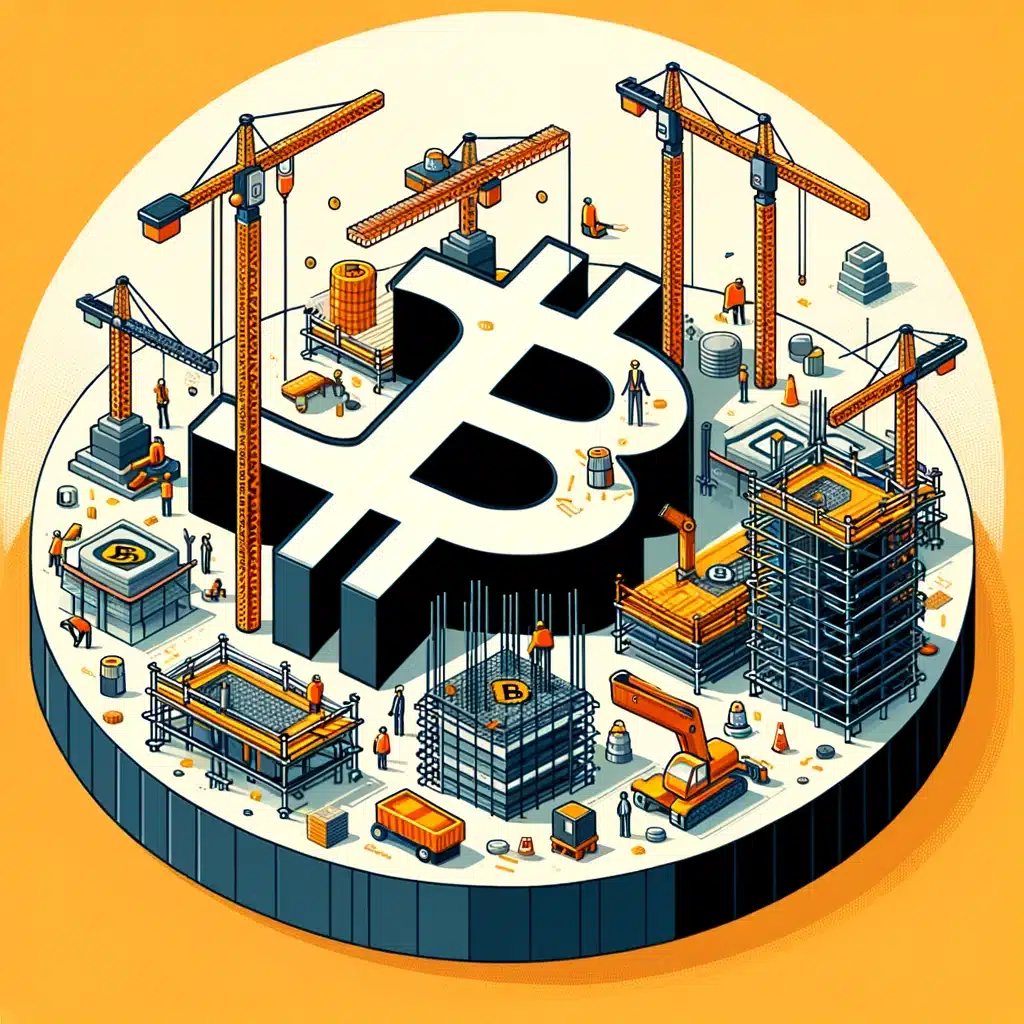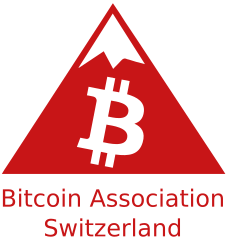Smart Contracting Platforms
While Bitcoin offers very basic smart contracts, there are currently other platforms or ecosystems in the cryptocurrency world that do a better job with smart contracting abilities.
A smart contract is a self-executing program that runs on a blockchain and automatically executes the terms of an agreement when predetermined conditions are met. They essentially aim to replace the third party or human in the middle.
These smart contracts are prevalent in other crypto ecosystems, especially in the Ethereum world, as they allow for more automation, customisability, and advanced financial products such as lending, borrowing, and liquidity management for trading markets.
However, several projects in the Bitcoin ecosystem have now begun catching up and offering dedicated protocols that interact with bitcoin and bring these smart contracting capabilities to the network.
Some of these projects have enabled EVM-compatibility. The EVM part stands for Ethereum Virtual Machine, the backbone of the smart contracting world. Projects such as Rootstock are integrating Bitcoin into this world, allowing developers or projects to use more advanced smart contracting capabilities and offering financial services on top of bitcoin.
One such service could be a decentralised exchange or marketplace where people can borrow or lend their bitcoin against other tokens. A more advanced setup could also be a yield aggregator that offers interest if people lock in their bitcoin.
These projects are still very early on and highly experimental. However, they offer an alternative to risky altcoin projects because the main layer for everything is still bitcoin.
Tokenised Economies
While a significant portion of the Bitcoin community inevitably sees bitcoin as the unit of account in the future, meaning everything will be priced in bitcoin, there is also a larger interest group that wants to build a temporary solution on top of bitcoin to integrate local currencies.
Especially in poorer regions of the world, where trade is hyper-localised and often settled in specified currencies, demand for a fast and cheap solution is very high. The Bitcoin network and Lightning, in particular, can greatly help here.
Projects like Fedi, RGB, or Taproot Assets already enable customised, tokenised economies that run on the Lightning Network. This could be that users could use the Lightning Network to send fiat payments from one end of the world to the other, or they could enable the infrastructure for anyone to mint custom currencies. Such solutions would enable these poorer regions to connect to a functioning financial market and allow them to swap in and out of bitcoin if needed.
Additionally, they could open up their economy because all these solutions are interoperable with Lightning or Bitcoin. This means a local merchant in South America could request a payment from someone in Europe. The sender might send satoshis; the receiver might autoconvert to its local currency. That swap and exchange is possible thanks to bitcoin.
Ordinals – Bitcoin NFTs (Non-Fungible Assets)
While we’ve seen a lot of interest in non-fungible tokens (NFTs) in other ecosystems, the Bitcoin ecosystem has always been slower to catch up. However, this changed with the Ordinal Theory, Ordinals, and Inscriptions.
The Ordinal Theory is the process of numbering satoshis – the smallest unit in bitcoin – and giving each satoshi an identity, allowing them to be tracked, transferred, and imbued with individual meanings through inscriptions, making them non-fungible.
Inscriptions or inscribing is the process of attaching additional content to these satoshis. These inscribed satoshis can be transferred using bitcoin transactions, sent to bitcoin addresses, and held in bitcoin UTXOs.
These transactions, addresses, and UTXOs are normal bitcoin transactions, addresses, and UTXOS in all respects, except that to send individual satoshis, transactions must control the order and value of inputs and outputs according to the Ordinal Theory.
Ordinals are the result of the Ordinal Theory and Inscriptions. Because most developers inscribed art, information, or even videos onto their Sstoshis, the demand for an NFT market quickly arose. The Bitcoin NFT ecosystem overtook the Ethereum and Solana NFT markets within 12 months.
Inscriptions also allow further customisability and can be used to create additional tokens on top of Ordinals. These can be non-fungible or fungible, and new protocols to facilitate this have already emerged, such as the BRC-20 token standard.
Bitcoin Rollups
Bitcoin rollups are a scaling technique aimed at improving the scalability and efficiency of the Bitcoin network by bundling numerous transactions into a single, compact transaction that is then recorded on the blockchain; rollups significantly decrease the individual space required for transactions.
This aggregation allows for a higher volume of transactions to be processed within a shorter timeframe, effectively reducing congestion and lowering transaction fees on the network. Rollups come in two primary variants: optimistic rollups and zero-knowledge (ZK) rollups.
Optimistic rollups operate on the assumption that transactions are valid unless proven otherwise, relying on a challenge period for verification.
On the other hand, zero-knowledge rollups utilise cryptographic proofs to verify the validity of transactions within the bundle before they are posted to the blockchain, ensuring security and data integrity without disclosing the details of the transactions.

